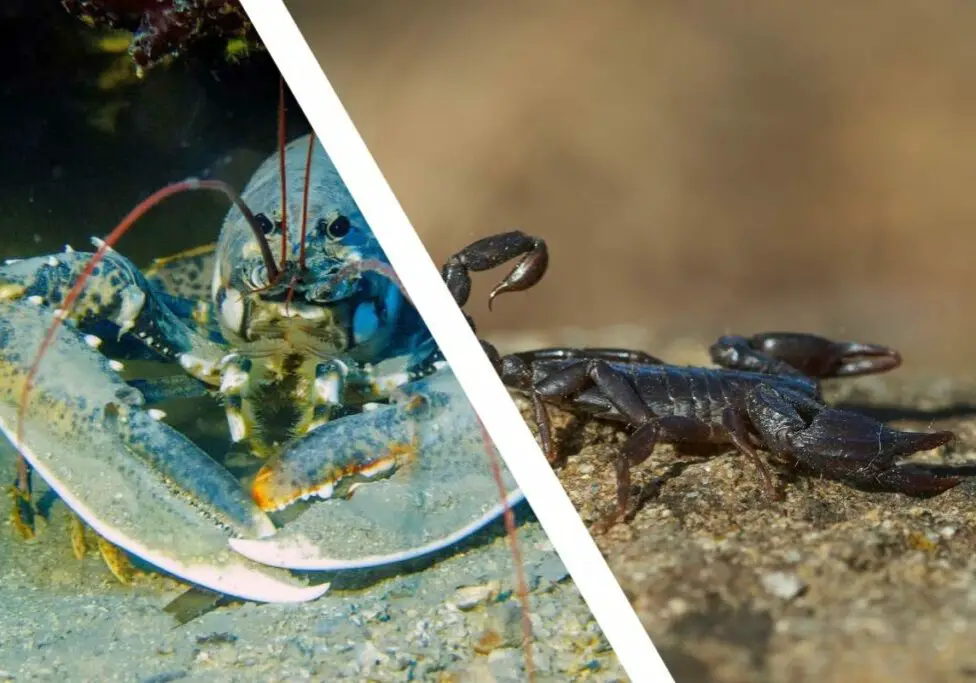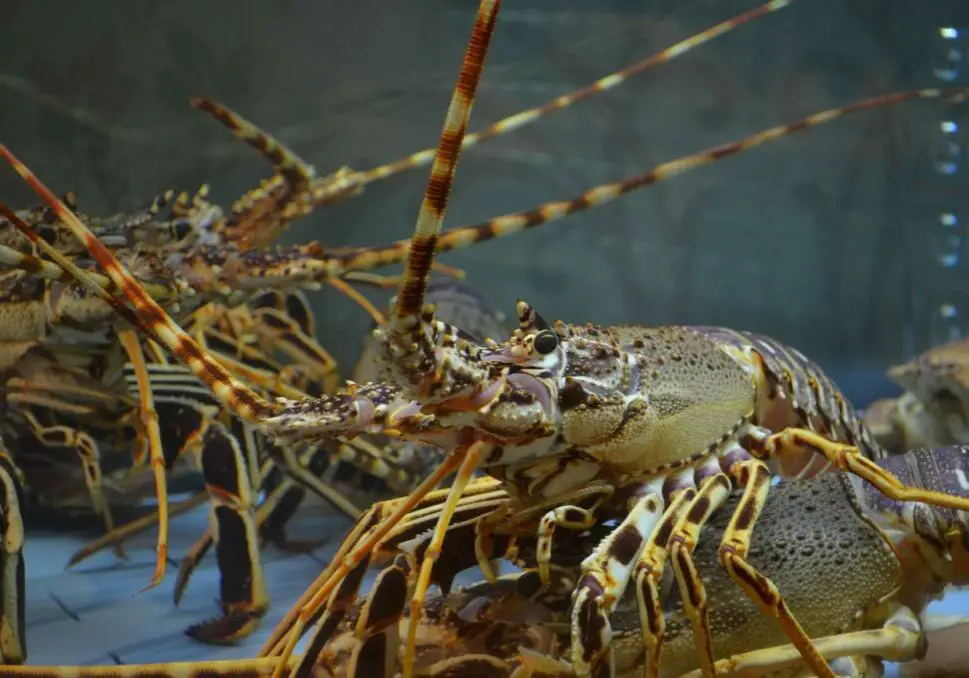Are Lobsters And Cockroaches Related? (Explained)
When we look at lobsters and cockroaches, we can notice some similarities in their appearance. Sometimes lobsters are even referred to as “cockroaches of the sea” but are they actually related? Therefore, if you’ve ever wondered if there’s any relationship between lobsters are cockroaches, in this blog post, we’ll talk all about it. Let’s begin with a quick answer:
Lobsters and cockroaches are related as they belong to the same phylum Arthropoda. However, their relationship is distant because they’re divided into distinct subphylums and classes. Lobsters belong to the subphylum Crustacea (crustaceans), and cockroaches are insects belonging to Hexapoda.
However, this certainly doesn’t tell the whole story. Below I’ll explain more about why lobsters aren’t cockroaches and what are the main differences and similarities between them. Furthermore, I’ll explain more about what kind of animals lobsters actually are. Read on!
The differences between lobsters and cockroaches
Classification
Animal kingdom classification is a system that helps us to understand how all living organisms are related. This system divides the animal kingdom into phylum, subphylum, class, order, suborder, family, genus, and species.
Lobsters and cockroaches share a common ancestor, and that’s why they are classified into the same phylum Arthropoda. However, they have evolved in different ways and belong to different subphyla and classes.
Cockroaches belong to the subphylum Hexapoda and the Insecta class, which is the largest group of animals within the Arthropod phylum. They’re called insects together with mosquitoes, fleas, butterflies, bedbugs, and more.
Lobsters are crustaceans as they belong to the subphylum Crustacea. They’re classified to the class Malacostraca, and animals in this group are called malacostracans. Other animals closely related to lobsters are crabs, crayfish, shrimp, krill, prawns, woodlice, and more.
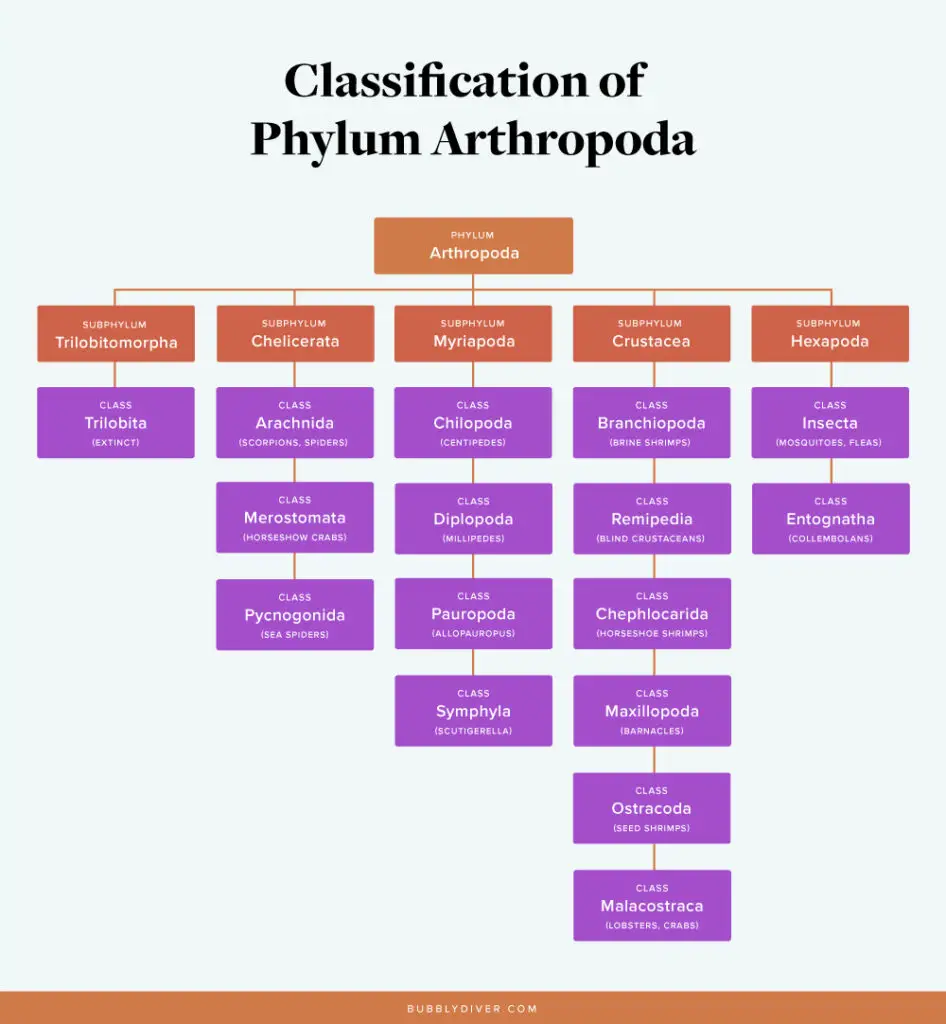
Appendages
Another difference between lobsters and cockroaches is their appendages. Cockroaches have three pairs of walking legs, but lobsters have five. Lobsters’ legs (called pereiopods) can be slightly modified, depending on the lobster’s species. For instance, clawed lobsters have the first pair of legs modified into large claws.
All these animals use their appendages for multiple reasons each of them can play a different role. They use them for locomotion, defense, hunting, eating, or reproduction. For instance, lobsters use their first pair of legs for grinding food.
Body parts
Lobster and cockroaches’ bodies are divided into slightly different parts. Cockroaches’ have tri-segmented bodies consisting of the head, thorax, and abdomen. The head contains the antennae, eyes, and mouthparts. The thorax is the middle part of their bodies where legs are attached and wings. The abdomen is the tail that is flexible and contains digestive and reproductive organs.
Lobsters’ bodies consist of two parts: a cephalothorax and an abdomen. The cephalothorax is a fusion of the head and the thorax. It contains the antennae, eyes, mouthparts, and legs. The abdomen is a flexible tail that allows them to swim rapidly to escape predators.
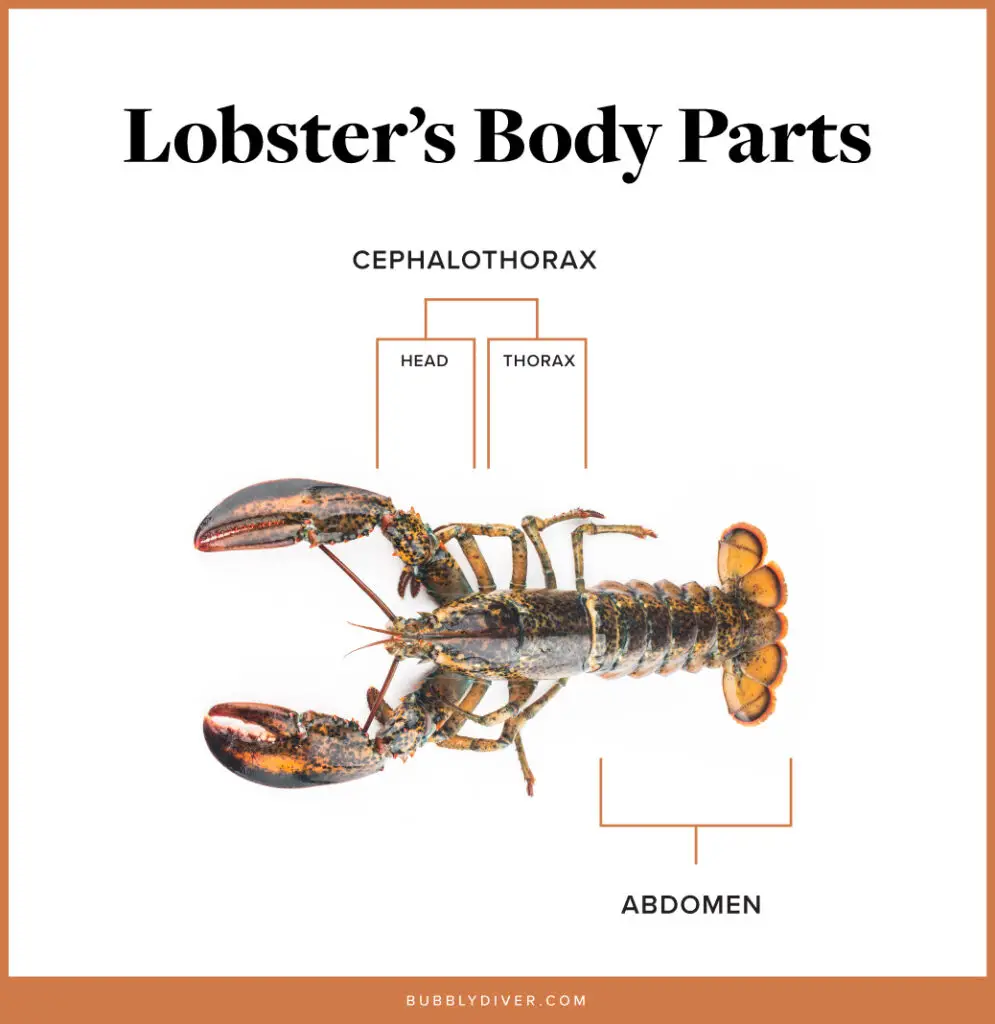
Habitat
Another major difference between lobsters and cockroaches is their habitat. Cockroaches, just like other insects, live in a very wide habitat on Earth. They’re especially abundant in the tropics and subtropics in humid, dark, and sheltered areas.
Lobsters are exclusively marine animals living only in saltwater. They adapted to different temperatures, and some species prefer the colder waters of North America, others warm, tropical waters of the Caribbean. They’re benthic, which means they live on the bottom of the ocean.
Breathing
Since cockroaches live on land and lobsters underwater, they can’t breathe the same way. Cockroaches breathe air through the holes (spiracles) on the outside of their bodies. They use them for gas exchange as they don’t have lungs.
Lobsters don’t have lungs either, but they breathe through their gills. Interestingly, lobsters can survive out of water for a certain amount of time if their lungs stay moist. They can then absorb oxygen from the water, but they can’t absorb it directly from the air.
Lifespan
Interestingly, cockroaches can live only for one to two years, but here are some species that can survive for up to a decade. It strongly depends on food, water availability, climate and habitat. It’s quite a short lifespan comparing to lobsters.
Lobsters, from what we know so far, can live even over 100 years! They also don’t age the way most animals do because they keep growing and reproducing all their life. However, they’re immortal and they usually die from exhaustion during the molting process.
The similarities between lobsters and cockroaches
Exoskeleton
Lobsters and cockroaches have an exoskeleton (“shells”) which is the external skeleton that supports and protects the animals’ bodies. They don’t have any internal skeletons, which makes their internal systems very delicate.
Interestingly, exoskeletons don’t expand as animals grow inside them. Therefore, lobsters, cockroaches, and all other arthropods have to molt their “shells” as they grow larger. In order to do it, they usually crack the outer shell in one spot and flex their body repeatedly until they’re finally out of the old shell.
The frequency of molting depends on the animal’s life cycle – younger individuals grow faster than older ones. Juvenile lobsters can molt every few days/weeks, and adult species molt once every year or once every two years.
Antennae
Another similarity is that lobsters and cockroaches have a pair of long antennae. They use them to smell or touch their surroundings to navigate. They’re located in front of their heads, and depending on the species, their length can differ. For instance, spiny, non-clawed lobsters have very long antennae that help them protect themselves from predators.
Mouthparts
Cockroaches and lobsters have similar mouthparts that help them manipulate food, chew, and grind it. They have mandibles – strong, powerful jaws and maxillae – ‘pincers’. Depending on the species, they’ll slightly differ in appearance and function.
Jointed legs
As I already mentioned, both cockroaches and arachnids belong to phylum Arthropods. The name of the phylum actually means “jointed legs” (arthro = joint, pod = foot) which is another major similarity in their bodies. All these animals have a hard exoskeleton that could create a problem with the flexibility of their appendages. This is where having jointed legs solves the problem.
Most of the appendages of lobster and arachnids bend at joints, which are softer and bendable. This allows them to create a movement similar to what a suit of armor does. These animals control limbs by contracting their muscles connected to the exoskeleton on both sides of the joint.
Nocturnal
Both lobsters and cockroaches are nocturnal animals which means they’re more active at night than during the day. They have many predators, so being more active at night helps them to avoid them. During the day, they hide in their shelters – lobsters under rocks or inside reefs and cockroaches under rocks or shelters inside the house (under the sink, kitchen cabinets, etc.).
Bilateral symmetry
All arthropods, including cockroaches and lobsters, have a bilateral symmetry, which means the right half of their bodies is the mirror image of their left half — just like human bodies. The internal organs, however, aren’t necessarily placed symmetrically.
Regeneration of lost limbs
Both cockroaches and lobsters can regenerate some of their lost limbs. They can regrow their legs as they molt. Lobsters can regrow their claws, walking legs, and antennae already after the first molt. The new appendage will be smaller than the original one and will continue growing for a few months or years until reaching the normal size.
Other similarities
Despite the features I mentioned, there are more similarities between lobsters and cockroaches, such as their omnivorous diet, immune systems, compound eyes, and more. Even though lobsters and cockroaches are not the same animals, they are related and share common ancestors.
What animals are lobsters?
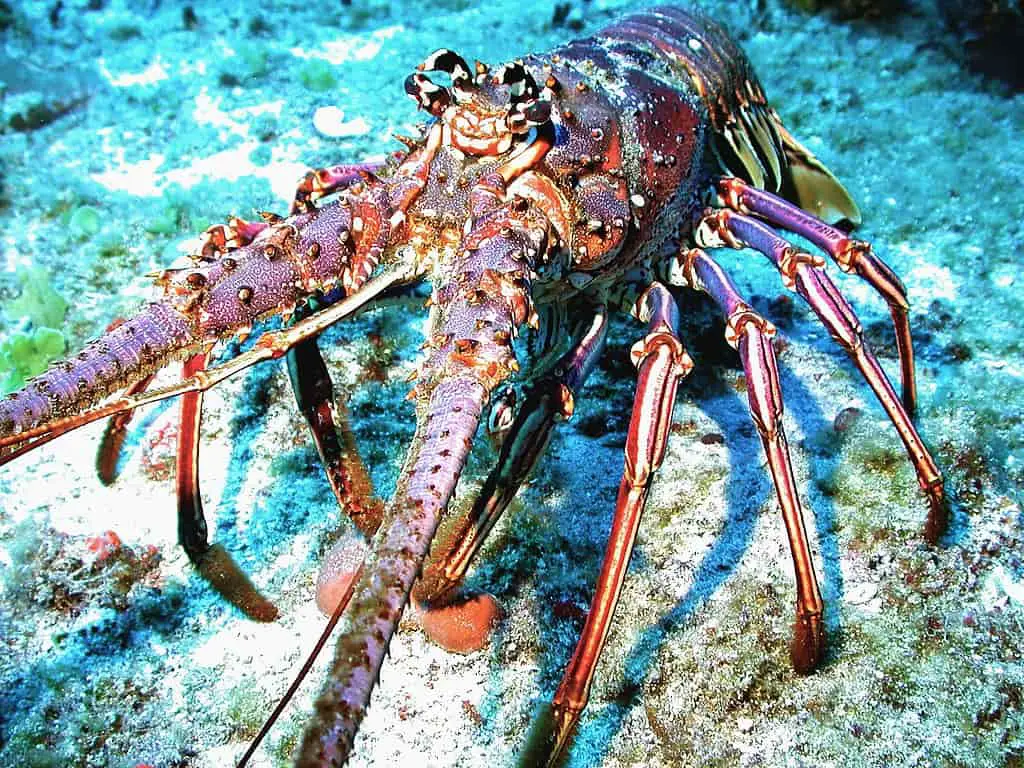
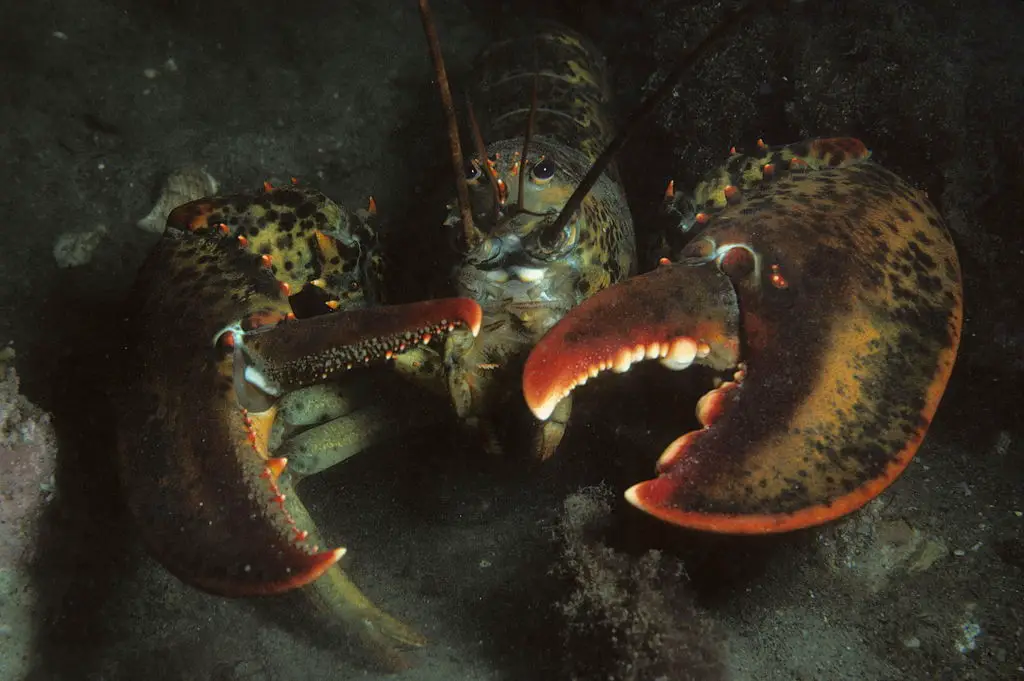
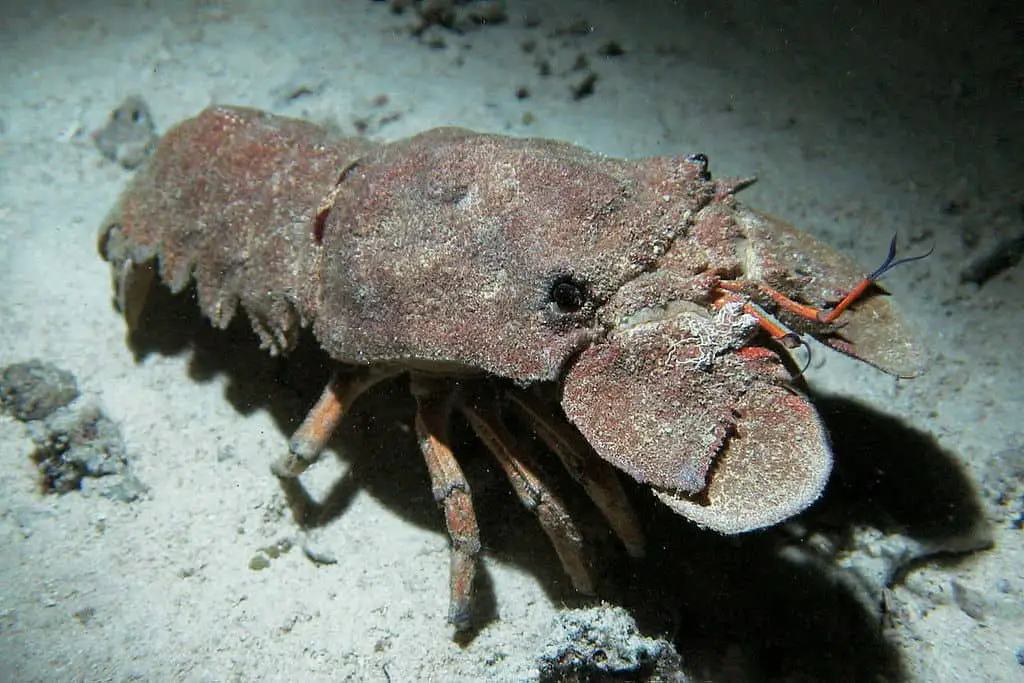
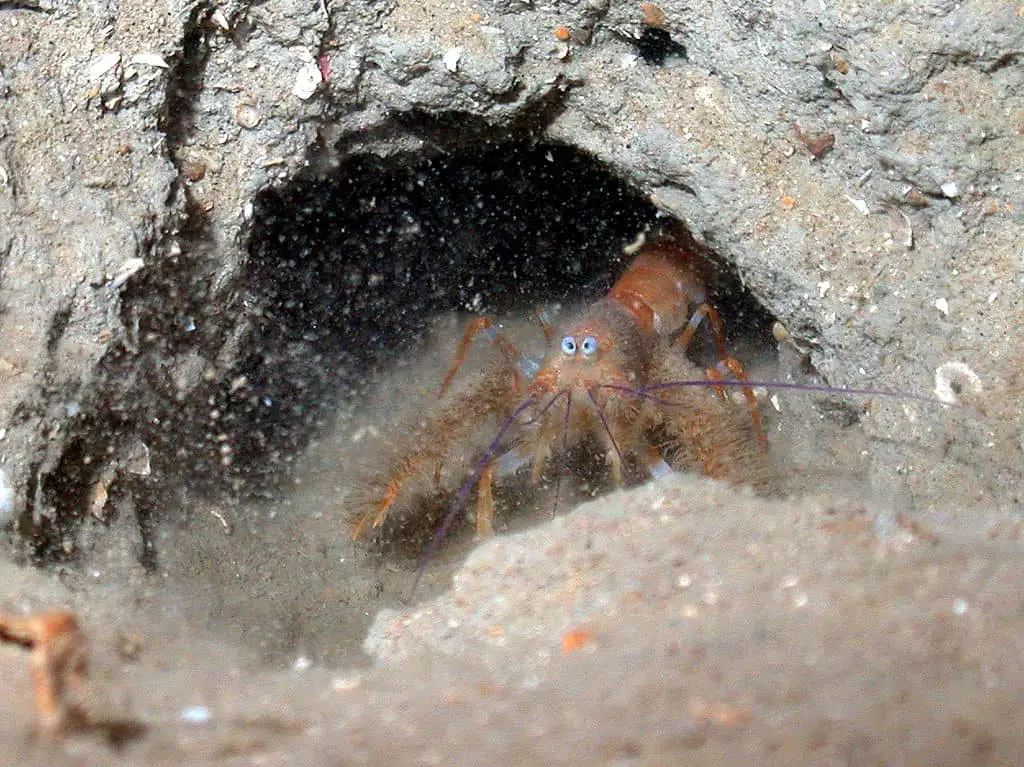
You may also like:
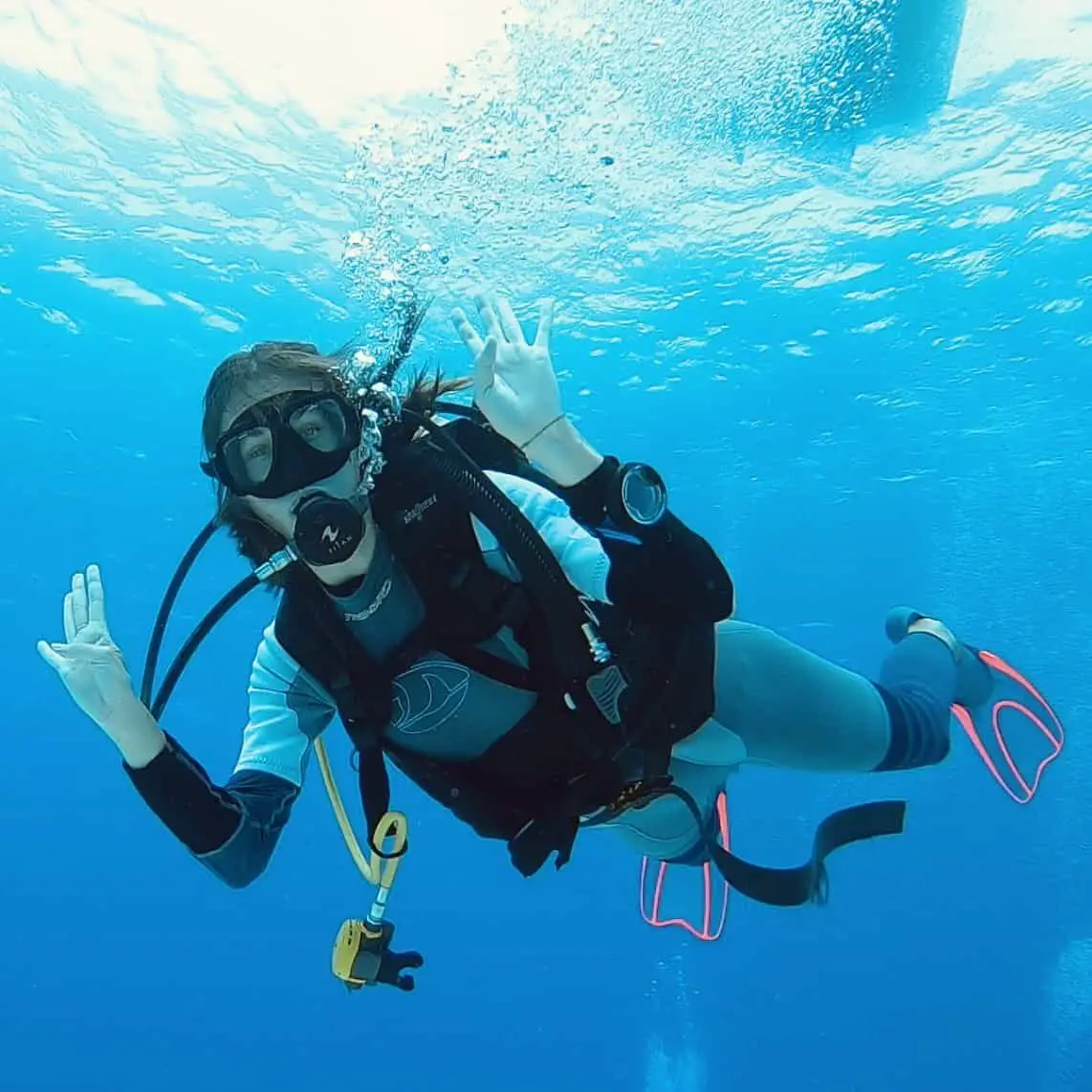
Welcome to Bubbly Diver!
I’m glad to see you here. This blog is created for all marine creature lovers by a bubbly diver - me, Dori :)

